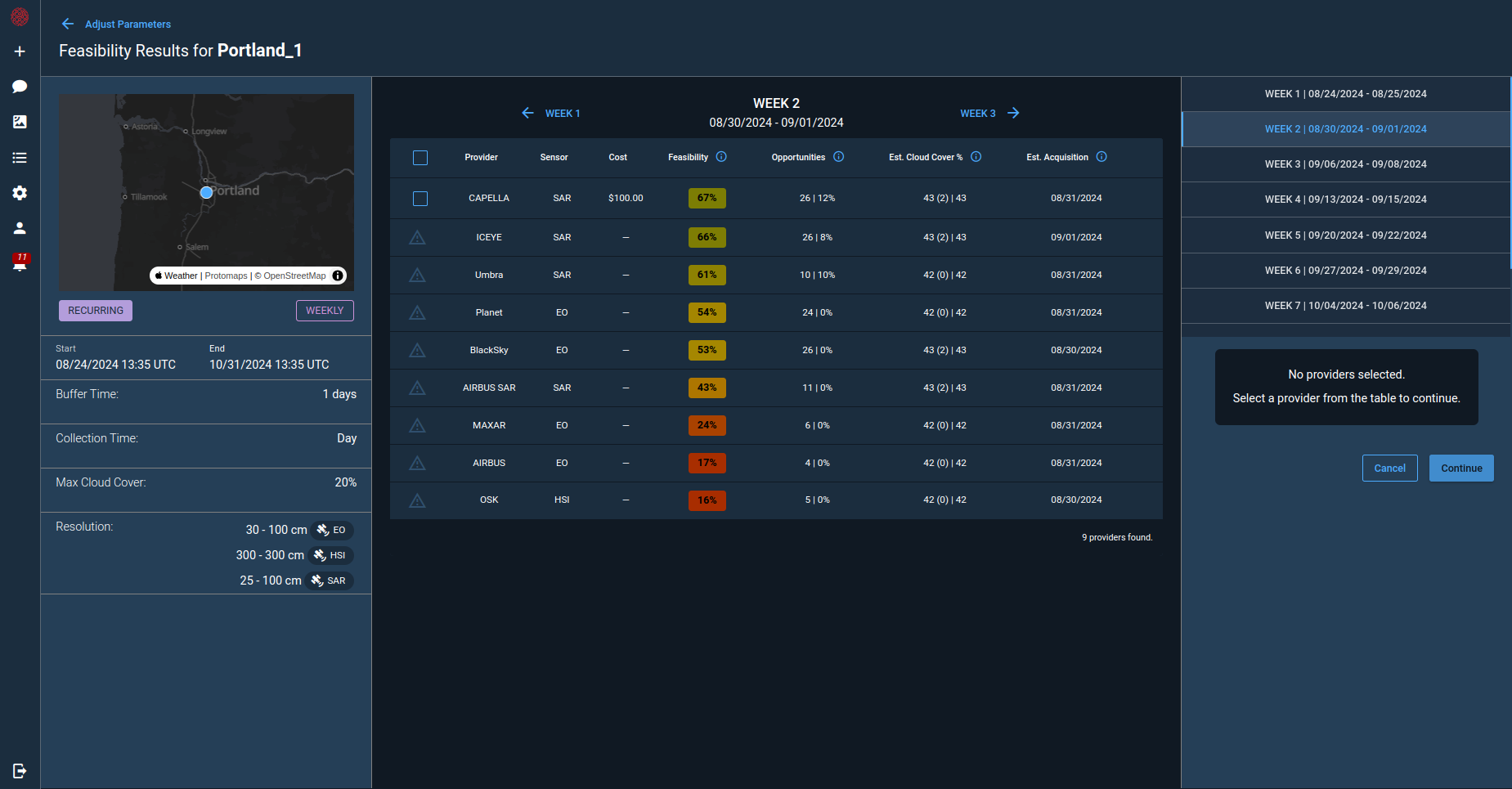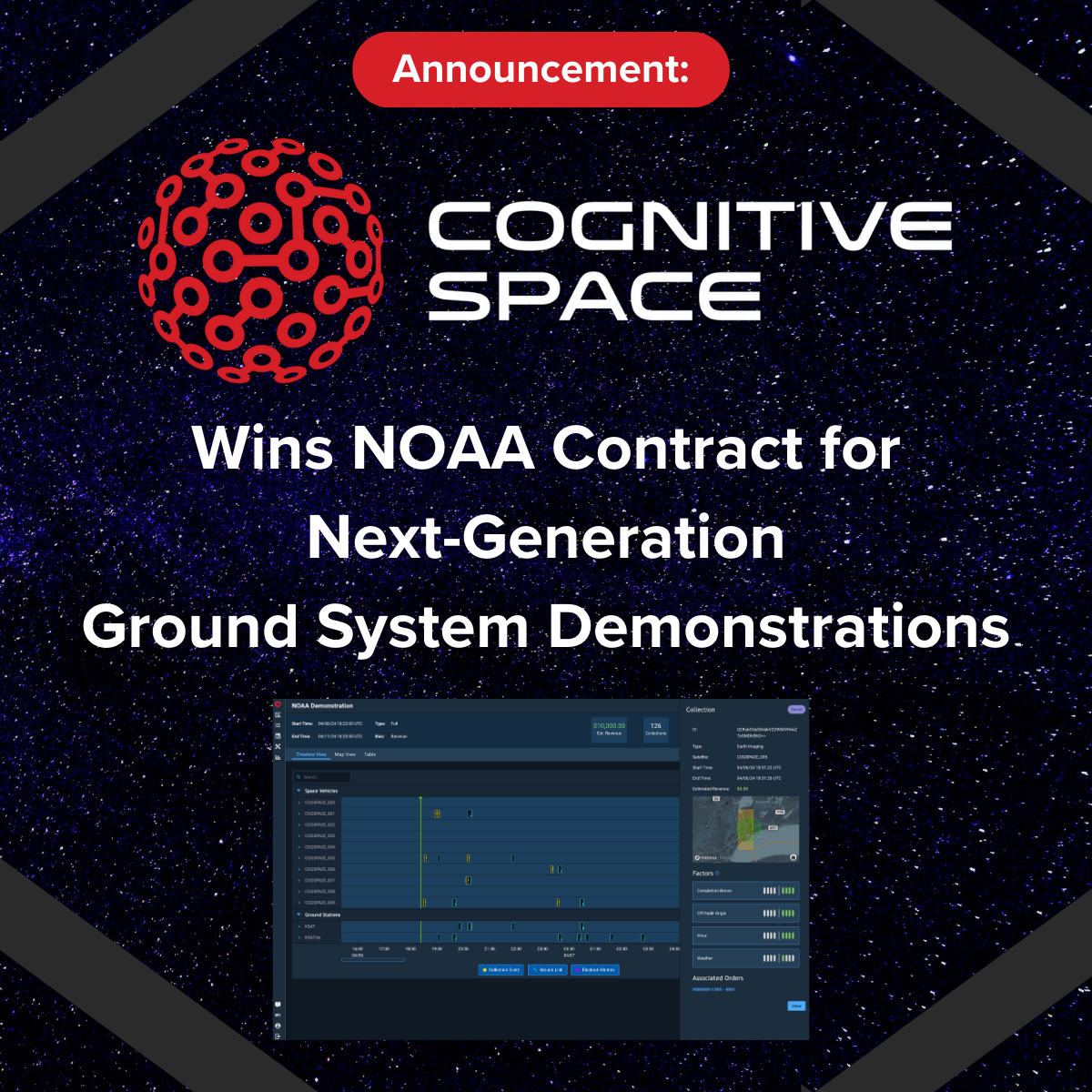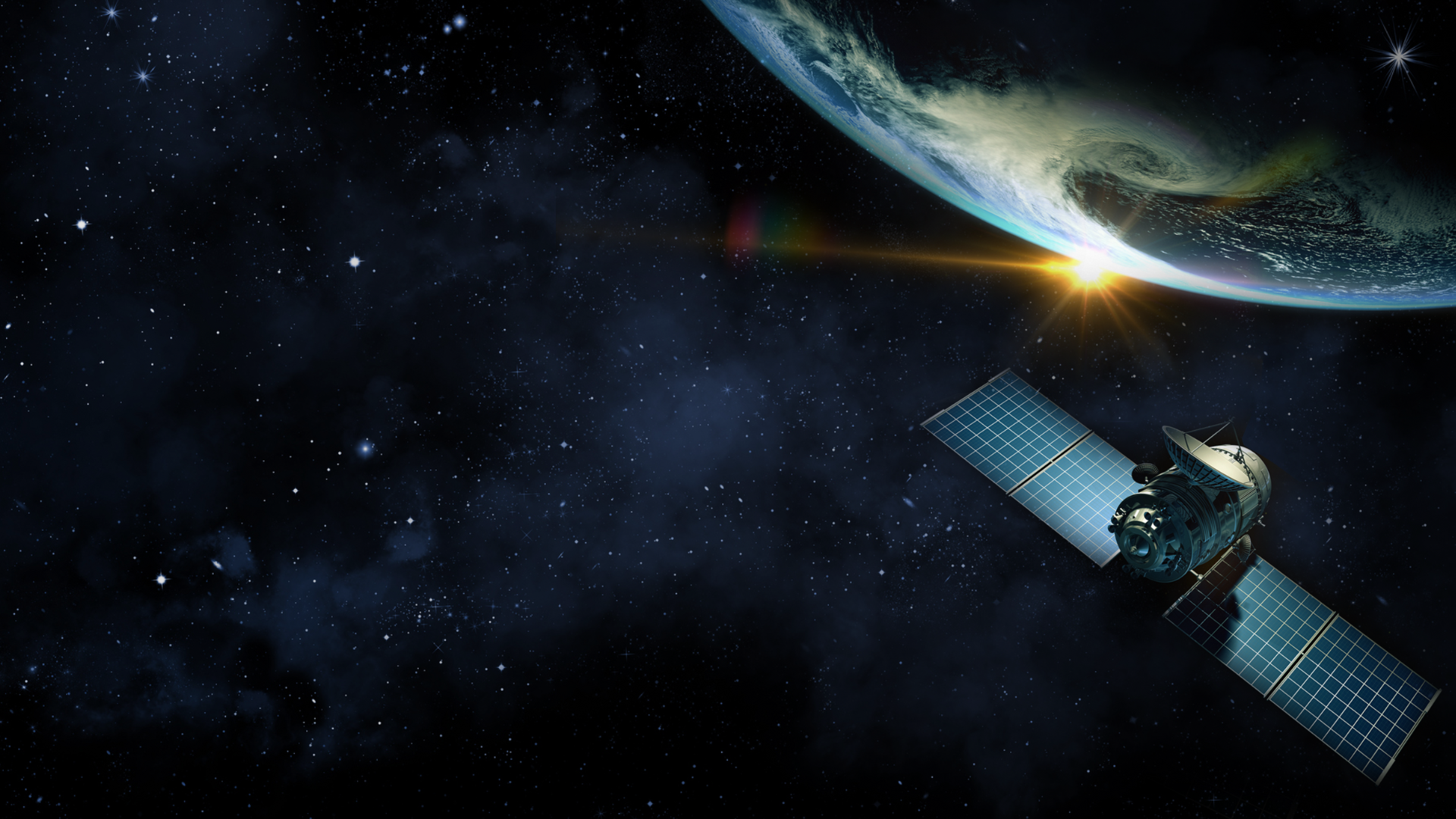How Automation Is Changing The Way We Manage Satellites In Space
The ever-expanding space ecosystem is ushering in a new era of automated satellite operations, revolutionizing the way we manage and control satellites in space using cutting-edge automation, artificial intelligence (AI), and machine learning (ML) techniques.
To date, with just a handful of notable exceptions, orchestrating two or more satellites has demanded manual intervention throughout the mission lifetime with extensive planning and vigilant oversight to manage all space resources individually. But that approach has proven itself to be slow and costly, and is often not aligned with today’s increasingly sophisticated missions and time-sensitive applications. Expanding satellite and payload capabilities, faster design-to-launch lifecycles and larger fleets require new ways of working in space.
As Mission Complexity Grows, Traditional Approaches Fall Short
Over the past decade, the space industry has witnessed a remarkable transformation, propelled by advancements in spacecraft component technology, evolving sensor morphologies, advances in Artificial Intelligence and computing power, and a dramatic reduction in launch costs, which led to surges in both investment and satellite launches. This changing landscape has welcomed a new era of possibilities, where the necessity for automated satellite operations has become increasingly apparent.
Conventional satellite operations methods, although effective for operators managing a handful of spacecraft, are now grappling with a multitude of challenges:
The Growing Number of Satellites in Space
More than 6,500 active satellites currently orbit Earth, and that count is expected to multiply several times in the next decade. With each launch, the orbits above our planet become increasingly crowded, creating a complex web of interactions and interdependencies. Fleet sizes are swelling, with operators increasingly responsible for dozens of spacecraft, rather than just a handful. Conventional satellite operations, which rely heavily on manual intervention, struggle to efficiently manage and coordinate this increasingly complex web of end customer latency requirements, variable, dynamically-updated order stacks, mission assurance, hardware health and status, and operational business goals.
Escalating Operational Costs
Conventional satellite operations are often associated with high expenses, stemming from the need for a large workforce, extensive ground infrastructure, and prolonged mission timelines. As expenses rise, the ability to invest in research, development, and technological upgrades is compromised. Moreover, higher operational costs often lead to reduced mission frequency and scope, limiting the overall effectiveness and availability of space-based Earth observation data and related services for government and military applications.
Dynamic Environmental Conditions
Space is inherently dynamic and unpredictable with fluctuating environmental conditions, such as radiation exposure and space debris. In such an environment, the intricacies of scheduling payload tasking, ground station communication, inter-satellite optical links and spacecraft and orbit maintenance windows as well as updating collection plans become prohibitively complex for human management – especially when maneuvering through increasingly populated orbital environments.
Data Latency Requirements
In an era where real-time data holds utmost significance, conventional satellite operations encounter hurdles in fulfilling stringent data latency demands. Near real-time data requirements leave minimal leeway for manual intervention. The manual handling of satellite mission operations by human operators is impacted by our inherent limitations in processing speed, intricate multi-layered decision-making, and vulnerability to errors under stress.
In the face of these challenges, automated satellite operations has emerged as a powerful force propelling the space industry forward.
Automation Unlocks New Possibilities In Space
At its core, automation serves as a conduit for simplifying mundane tasks, liberating operators to focus on critical decision-making processes — such as those requiring nuanced, incident-specific judgment — without getting bogged down by the execution of routine operational tasks.
Operators can harness automation to handle various factors during mission planning and scheduling to better meet business and system KPIs. An automated solution optimally manages fleet performance by factoring in variables like satellite payload capabilities, spacecraft health and status including available memory and power, ground station and/or optical cross-link availability, orbit maneuver requirements, spacecraft maintenance blackout windows, and weather conditions. Operators may assign priorities to specific customer orders, however, automated systems give precedence to optimal overall data collection activity while taking into account all of the variables, including the most crucial data collection opportunities. Consequently, remote sensing constellation operators can more effectively achieve their output and revenue objectives.
Automation enables monitoring and rapid response, opening up a wealth of geospatial data. Fleets can tip and cue to help gauge the impact of political events, track dynamic climate indicators, and stay on top of shifting supply chains. Automated analytics solutions, both onboard and on the ground also speed up data filtering and analysis, giving industries and governments ready access to pressing information.
Keeping spacecraft safe is another major benefit of automated satellite operations. By automating collision avoidance maneuvers, operators protect space assets and preserve the orbital environment for future generations. And automating orbit maintenance allows operators to maximize time spent collecting imagery, which boosts the ability of constellations to generate revenue. Plus, automation lowers costs—a crucial consideration as funding constraints delay deployment for many operators.
Adopting Automation Wins Out Over Building Ad Hoc Systems
Satellite operators face a decision: To adopt an automated solution, or to try to build a system on their own.
Building a system is technically challenging and comes with many costs beyond the initial engineering development investment. As fleets grow in size and data latency requirements become stricter, any system for orchestrating satellites has to keep up with the rising number of decisions involved—from scheduling a higher volume of orders to responding rapidly to events in orbit. Simply maintaining an existing system can eat up an increasing share of capital and staff time.
Some staff turnover is inevitable, and when team members leave, they take their knowledge of an ad hoc system’s idiosyncrasies with them. Companies then have to use up valuable resources to train new employees to use a system that’s likely already becoming outdated.
And while the cost to design and build a system has come down, it hasn’t fallen far enough for many operators. Data from McKinsey and Company shows that around 45% of announced constellations hadn’t yet launched a satellite as of early 2023. The timeline from establishing a constellation to building out the ground segment and space segment, to completing a pathfinder mission and launching enough spacecraft to begin turning a profit is still challenging, and lowering costs during this time is of paramount importance.
Companies that buy an automated satellite operations solution can skip the long and expensive process of building one themselves. And with the help of AI, they’re able to use their fleets more effectively and with a shorter path to revenue.
Operators of any size benefit from adopting automation, but the technology becomes essential when fleets scale up.
Automated Satellite Operations Harness Ai To Scale
Adding satellites to a fleet increases the complexity of managing it, especially when operators must respond rapidly to dynamic priorities. Automated satellite operations use AI to address this challenge. Unlike heuristics-based automation software, which follows a limited set of predetermined rules, today’s AI solutions use machine learning to adapt to new developments and respond dynamically to real-world conditions.
AI outpaces human operators in event response, allowing fleets to adjust in time. Imagine a scenario where a request to modify a collection plan is received merely 12 minutes prior to a satellite’s upcoming contact with the ground station. Traditionally, crafting and uploading the necessary commands demands a great deal from a human operator, leaving no room for error. While the urgency and pressure of an immediate response might fluster human personnel, an AI-driven solution remains unphased, mitigating the risk of errors during unforeseen operational shifts, and rebalancing the collection plan across the entire fleet in minutes or seconds, without the need for human intervention.
Integrating AI allows operators to balance human expertise and automated processes. AI can analyze a situation, propose a course of action, and handle complex task shuffling, while humans look at the big picture.
Human judgment is crucial for dealing with exceptions and understanding the impact of world events. AI can’t replace humans’ nuanced thinking, but it can take away the pressure to complete every task by hand.
Take Satellite Constellation Operations To New Heights With Cognitive Space
Satellite companies invest significant amounts in advanced remote sensing technologies, but they struggle to fully satisfy customers and therefore leave opportunities unexploited. It’s time for a new approach.
CNTIENT.Optimize is the next-generation solution for responsive satellite constellation operations. With CNTIENT.Optimize, companies realize their vision, whether that’s government mission support, commercial data collection, monitoring, or other services. CNTIENT.Optimize accelerates data delivery, allowing constellation operators to fulfill more orders, help more customers succeed, and generate sustainable revenue. Users transcend the limitations of manual management.
CNTIENT.Optimize empowers companies in the space sector to grow, helping them become long-term operators and data providers on a global scale. As they generate sustainable revenue, they can let go of reliance on government funding sources. The space industry then becomes more independent and resilient.
CNTIENT.Optimize serves as an engine driving companies to thrive and strengthen the space economy.
Reach your constellation’s full potential with Optimize:
- Find optimal solutions for remote sensing mission planning, and tailor missions to your business’ needs.
- Automate payload scheduling, link management, and nominal bus management.
- Prioritize one-off vs. recurring tasks.
- Quickly scale your operations without disruption.
Contact us to automate your satellite operations.







